Our current educational model isn’t broken—it’s doing exactly what it was designed to do: prepare children to succeed in a world built on the Four Great Untruths. But what if that’s the problem?
Why Traditional Education Needs to Evolve
Let’s start with a hard truth: the dominant model of education is not preparing young people for the world they’re inheriting. It was never designed to. Rooted in the industrial era and shaped by the Four Great Untruths (GUTs), today’s schools often serve as pipelines—not to purpose or wisdom, but to productivity, conformity, and consumerism. These GUTs include:
We Are Separate from Nature
This untruth underlies much of our educational design—students spend the majority of their time indoors, disconnected from the natural world. It reinforces the illusion that humans are observers of nature, not participants in it.More Is Always Better
The relentless pursuit of grades, test scores, and academic accolades fosters a scarcity mindset and undermines intrinsic motivation, creativity, and well-being. Students become driven to outperform, rather than collaborate and create.The Earth’s Resources Are Infinite
Most schools fail to teach ecological literacy—how systems like water, energy, and biodiversity actually function. Without understanding planetary boundaries, students grow up unaware of the ecological crises unfolding around them.Technology Will Save Us
While innovation matters, over-reliance on technological fixes discourages critical thinking and disconnects us from embodied wisdom. True resilience comes not just from knowing how to code, but from knowing how to compost, conserve, and connect.
But what if we flipped the script? What would it look like to educate young people from the foundation of the Four Great Truths (GTs). Let’s imagine such an education system:
Interconnectedness
This truth teaches that everything is connected. When students learn from ecosystems, they begin to see the invisible threads linking soil to seed, breath to tree, and self to society. Compassion and systems thinking emerge naturally.Sufficiency
Enough is a powerful concept. In classrooms grounded in sufficiency, the race to 'do more' gives way to depth, presence, and joy. Students learn to work with what they have—creatively and gratefully.Reciprocity
Learning becomes a mutual exchange. Students are not empty vessels to be filled but co-creators of knowledge. Service learning, peer teaching, and real-world projects model the give-and-take of thriving communities.Stewardship
Purpose guides education when stewardship is the norm. Students aren't just preparing for jobs—they're preparing to be caretakers of the Earth, each other, and the generations to come. Education becomes not just informative, but transformative.
This kind of education fosters creativity, resilience, and regenerative thinking—not just for surviving the future, but for co-creating it.
What if school helped you solve real-world problems, like saving the planet?
Small-Scale, Experiential Education Models
Fortunately, this reimagining is already happening in pockets around the world.
Forest Schools
Forest schools bring students outdoors in all seasons, engaging with the rhythms of the land. Children explore forests, build shelters, track animals, and learn to care for the Earth through immersion and play. These schools prioritize curiosity, resilience, and hands-on engagement. Learn more at Forest School Association.
Waldorf Education
Founded by Rudolf Steiner, Waldorf education emphasizes imagination, creativity, and the integration of the arts with academics. Children learn through movement, music, handwork, and storytelling. Rooted in rhythms, relationship, and reverence, Waldorf aligns powerfully with the Great Truths by fostering inner development and ecological awareness. Explore further at Waldorf Education - AWSNA.
Project-Based Learning
Project-Based Learning (PBL) allows children to learn by doing—designing, building, questioning, and solving real-world problems. Whether it’s designing a sustainable house or launching a school recycling campaign, students take ownership of their education through inquiry and collaboration. A strong example is High Tech High, which uses PBL to connect learning with life.
Indigenous Models of Education
Many Indigenous communities around the world practice educational models rooted in storytelling, ceremony, and learning from elders. These traditions honor the sacred interconnection of life and emphasize respect, reciprocity, and stewardship. Examples include the Hawaiian "Aloha ʻĀina" (love of the land) programs and the First Nations' "Land as Teacher" approach. Learn more at The Indigenous Education Institute.
“Imagine your school was a garden, and you learned math by measuring plants and science by watching them grow.”
These approaches aren’t perfect—but they offer living blueprints for what’s possible when we educate with nature instead of about it.
What alternative models have you seen—or dreamed of—for educating our youth? I’d love to hear your thoughts below.
The Role of Communities in Education
A regenerative education system can’t rely on schools alone. Communities must be co-creators in the learning journey. When we begin to see education as something that happens not just within classroom walls but across gardens, kitchens, repair shops, and gathering circles, we unlock a deeper potential in our children—and in ourselves.
Intergenerational learning plays a vital role in this. Our elders carry wisdom forged through experience—stories of resilience, skills in growing food, repairing tools, caring for land, and navigating life without reliance on digital shortcuts. When children and teens learn alongside grandparents and mentors, they connect to a lineage of knowledge that no textbook can replicate.
What if we asked:
“What could our grandparents teach that our textbooks can’t?”
Community gardens, repair cafes, and local maker spaces become living classrooms. These are places where curiosity meets utility—where math is used to design a compost bin, where science is discovered in soil health, and where creativity is sparked through shared problem-solving. In these environments, young people learn how to build, repair, grow, and give back—skills essential to a regenerative future.
Emotional resilience, too, is cultivated in community. It comes from knowing you belong—from feeling rooted in a village that celebrates your gifts and supports your struggles. When children grow up surrounded by caring adults, authentic connection, and a shared commitment to the well-being of all, they are better prepared to face uncertainty with courage and compassion.
Together, communities can become ecosystems of learning—where wisdom is shared, creativity is celebrated, and the next generation is raised not just to survive, but to thrive.
Ecological Literacy as a Core Skill
As climate disruption accelerates, ecological literacy isn’t a luxury. It’s a survival skill.
Understand natural systems—water cycles, soil health, biodiversity.
Practice Earth skills—growing food, composting, harvesting rainwater.
Build planetary perspective—seeing oneself as part of, not apart from, the web of life.
I’m learning so much from our Loving Homestead experiment. Both what’s working and what needs work. I’ve learned that at 76, I don’t have the same energy and endurance that I did at 43 when we first moved to the North Carolina mountains. At the same time, I’m so thankful for the health and vitality I enjoy. I’m discovering creating a food forest feeds my soul as much as it will eventually feed my body.
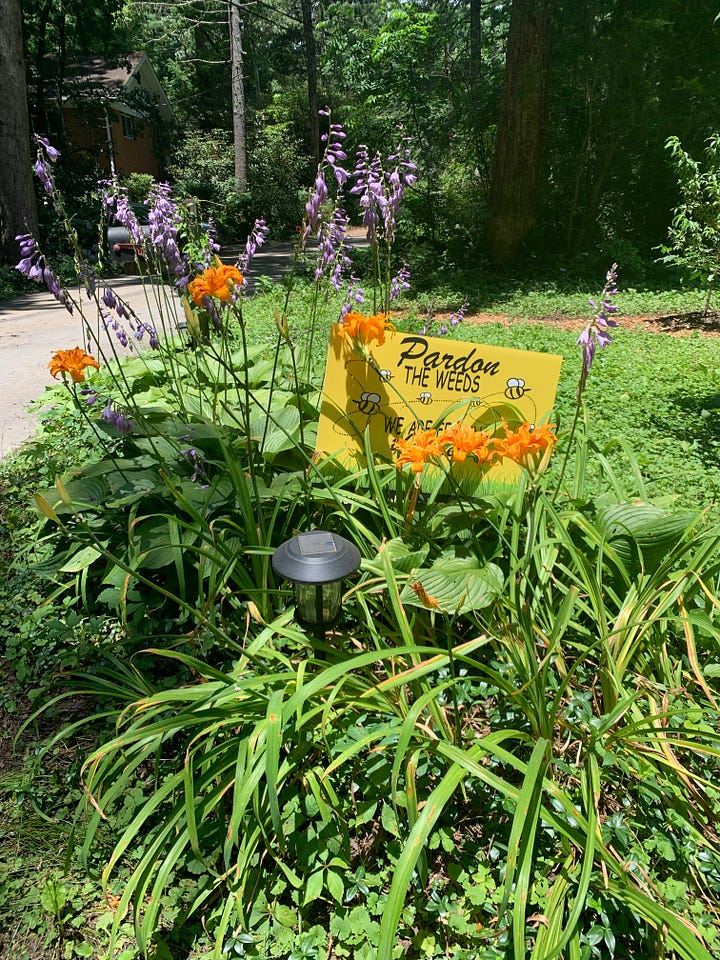
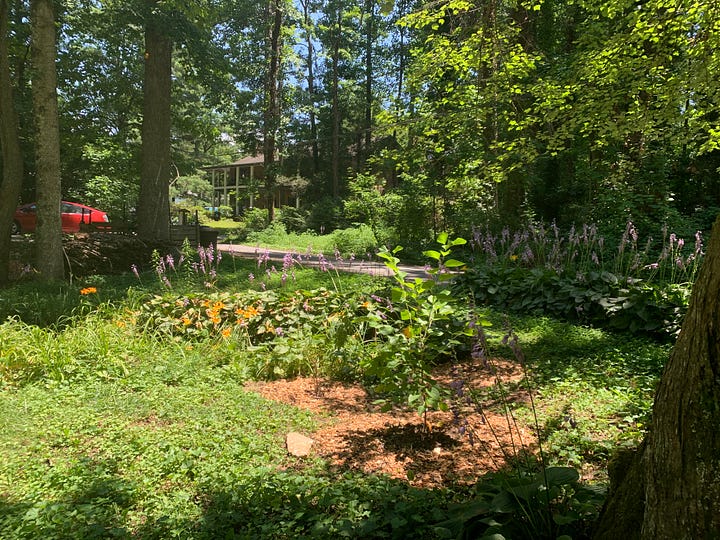
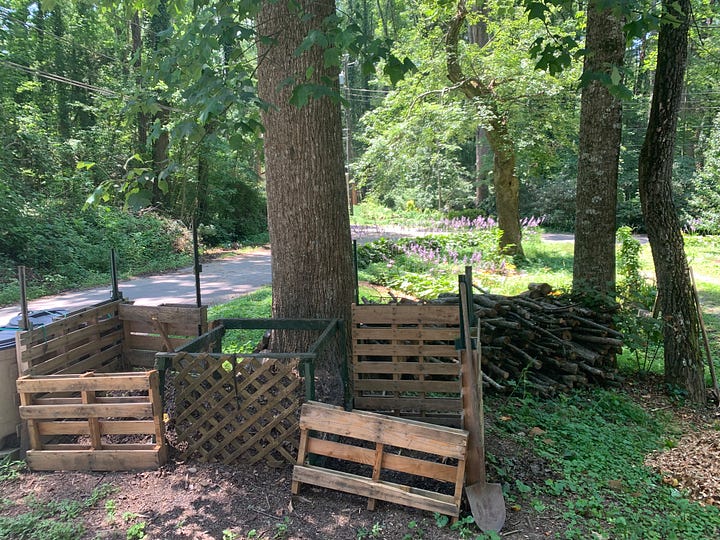
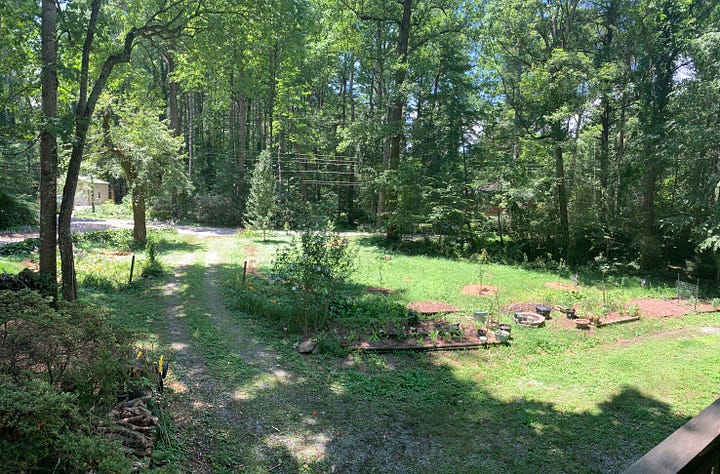
Invitation to Share
As I continue to grow my own emerging food forest, I’ll be sharing photos in this space. I’d love to see how you are living as an Eco-Guardian in your corner of the world.
Whether it’s a community garden, a home compost system, or simply a moment of quiet connection with nature—snap a photo and share it in a Substack Note. Tag it with #EcoGuardian so we can find and celebrate each other’s work.
Here’s how to do it:
Go to your Substack dashboard.
Click on “Notes.”
Start a new Note, upload your image, and add a caption or comment.
Tag it with #EcoGuardian so we can all see and amplify each other’s acts of care.
Or if that’s a too much of a techy challenge, send me email me with the image(s) attached at brad@wbradfordswift.com
Let’s build this movement, one inspired image at a time.
Fostering Creativity and Collaboration
From climate change to collapsing ecosystems, today’s problems won’t be solved by memorizing answers. They’ll be solved by imagining better questions.
Encourage unstructured exploration—mud kitchens, backyard bug hunts, painting with natural dyes, or hours of fort-building in the woods. Unstructured time builds imagination.
Celebrate collaborative learning—youth-led climate clubs, community art projects, or team challenges that require group problem-solving and cooperation.
Integrate arts and sciences, myth and math, logic and love—combine storytelling with science experiments, or use theater to explore ecological themes. Let learning engage the whole child.
Reflection and Inspiration
What do you wish school had taught you about nature? What would it look like for your community to become a learning ecosystem? What’s one small step you could take to begin reimagining education where you live?
“Education is not preparation for life. Education is life itself.” — John Dewey
Let’s raise a generation not just ready for the world—but ready to remake it.
Let’s spark a thousand conversations (and school gardens) from here.




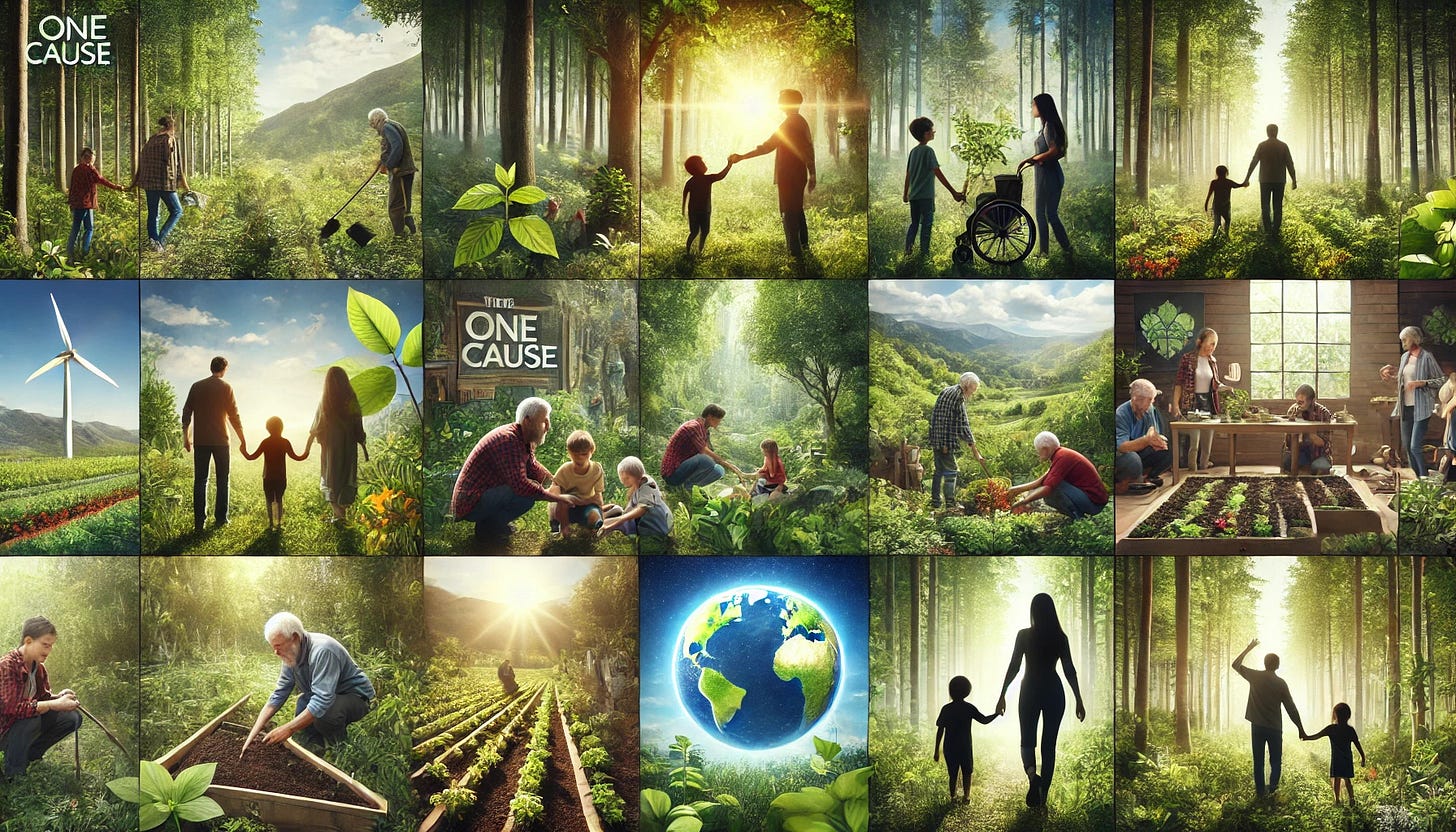









Share this post